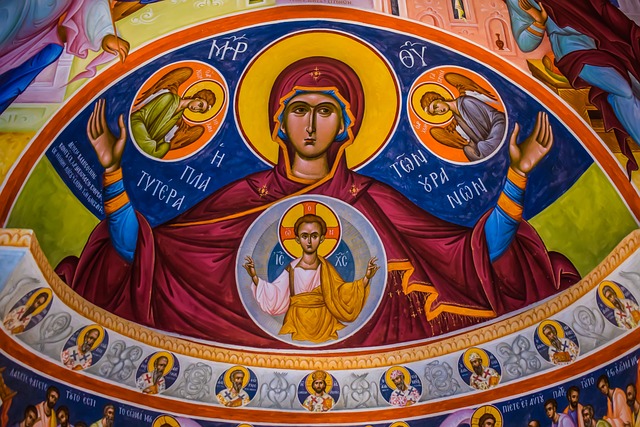
The capital of the Byzantine Empire developed in the area where Istanbul is located today.
The adjective Byzantine refers to that or that linked to Byzantium , a city in Ancient Greece that was the capital of Thrace . This town was located at the entrance to the Bosphorus Strait , occupying a sector that today is part of the Turkish city of Istanbul .
The Byzantine Empire was a State that inherited territories and structures from the Roman Empire . Throughout the Middle Ages and at the beginning of the Renaissance , the Byzantine Empire extended throughout the eastern Mediterranean and was very important in defending Christianity and rejecting the expansion of Islam towards Western Europe.
The Byzantine Empire, a power
With Byzantium as its capital, the Byzantine Empire was a commercial, military and cultural power whose legacy can be seen even today. Although it is very difficult to mention reliable statistics, there are historians who maintain that the Byzantine Empire once had around 25 million inhabitants.
Agriculture and the textile industry were the main economic resources of the Byzantine Empire. Its currency was the Byzantine solid , established by Constantine I the Great .
The Byzantine army , for its part, was the historical evolution of the Roman army. Organized into thematas , it was the most powerful force on the European continent. It had infantry (heavy and light), cavalry, artillery and other bodies.

Byzantine art achieved great significance.
The importance of art
Byzantine art , finally, is a concept that alludes to the artistic manifestations developed in the area of Byzantium . One of its most recognized expressions is Byzantine architecture , which gave rise to the Church of the Holy Apostles , the Church of Saints Sergius and Bacchus and the Church of Saint Irene , among other important buildings.
We can say that the origins of Byzantine art are found in the 5th century. From then on, it took root strongly in the East and in the Hellenistic world, continuing the legacy of early Christian art and as the result of the fusion between Roman and Greeks.
Since then, Byzantine art gained more and more definition, a more characteristic character that can be seen especially after the year 527, together with the reign of the Roman emperor Justinian I, at which time the First Golden Age began. This stage lasted until the year 726 and represented the birth of the formal aspects of Byzantine art.
This first stage came to an end when the iconoclastic quarrel appeared. The term iconoclast refers to people who practice iconoclasm , that is, the destruction of works of art of a sacred nature. Precisely, the Byzantine emperor Leo III, who ruled from 717 to 741, gave the order to eliminate all representations of saints, the Virgin Mary and Jesus.
The main focus of the crisis that arose due to the iconoclastic dispute was figurative art. From the year 726 to 843, a marked confrontation took place between the iconoclasts and the iconodules, those who venerated the images that the former destroyed.
The Second Golden Age of Byzantine art
Half a century later, in the year 913, the Second Golden Age of Byzantine art began. This stage lasted for three centuries, until in 1204 the crusaders destroyed Constantinople. The name crusaders was used to identify a group of soldiers belonging to the Christian religion who participated in several crusades during the Middle Ages. The last stage, called the Third Golden Age, lasted from 1261 to 1453, the year in which the Turks took Constantinople.
In Byzantine culture, painting had a very important function, which also involved religion, since it was considered the very materialization of the divine , sometimes by "non-human hands." In the West, this used to be thought of relics.
